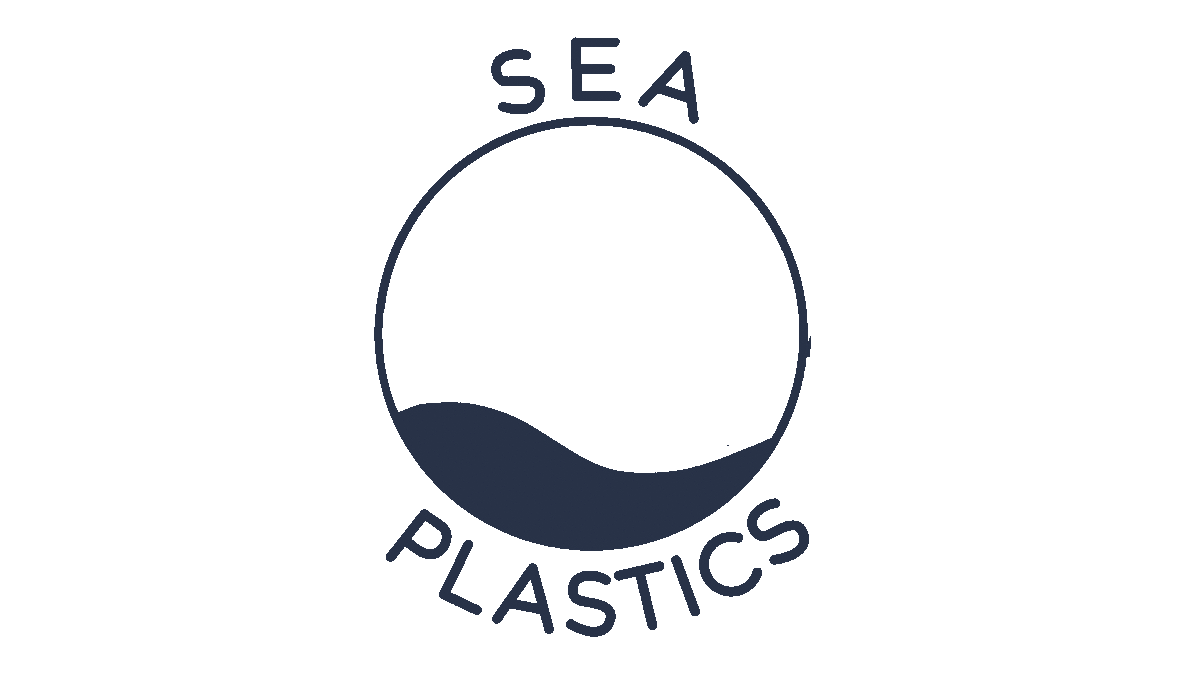
SCIENTIFIC PROGRAM
EXPEDITION 2018

A study of the vertical distribution of microplastics



The SEA Plastics 2018 expedition targets 26 sampling areas. They are set in order to have a more global idea of the vertical distribution of microplastics in the western Mediterranean .
Two sampling zones are defined in the water column:
- between 100 and 50 meters
- between 50 meters and the surface.
The objectives of the analysis of these samples are:
Find a correlation between the concentration of plastic at the surface and at depth (which suggests that species living in depth are also affected by plastic pollution),
Find or not a correlation between the direction of marine currents and the presence of plastics on the surface, and in depth.
Check that recent plastic mapping studies in the Atlantic by 7th Continent Expedition (1) are applicable in the Mediterranean.
Improve computer models of the distribution of plastics by implementing data taken in the field.
These samples are waiting to be sorted and counted by hand at the Marbec laboratory using a binocular magnifying glass. This long and tedious step makes it possible both to sort the micro-plastics among the other debris, and to quantify them in the water samples. Once sorted and counted, each micro-plastic is passed through infrared spectroscopy, which makes it possible to know their chemical composition_cc781905-5cde-3194-bb3b-136_et5cf58 what kind of plastic it is.
(1) Brach et Al., 2017 : Anticyclonic eddies increase accumulation of micoplastic in the North Atlantic subtropical gyre




Samples awaiting analysis in the laboratories of UMR Marbec.

Testing an innovative protocol: the Gyroplastic buoy

Analyzing water samples in the laboratory is very tedious, in particular the step of sorting and counting microplastics with a binocular magnifying glass (about one sample sorted per day, for the most experienced).
In order to test new protocols that are more economical in terms of analysis time, development work on the Gyroplastic Buoy was carried out in partnership with the CNES (Centre National d'Etudes Spatiales). This buoy is made up of several sensors (see the diagram opposite) and a computer which transmits the data in real time to a server. The latest sensor, based on infrared spectrometer technology, can measure the relative amount of plastic in a given volume in real time.
The end goals of using this buoy are:
Avoid systematic counting of samples, a long and tedious step.
Analyze larger volumes of water.
Make correlations between the presence of plastic and the other parameters recorded by the buoy's multiple sensors.
Improve computer models of the distribution of plastics by implementing data taken in the field.



Data analysis revealed a calibration problem. To be certain of the measurements, each sensor will therefore have to be calibrated independently before being able to build this famous gyroplastic buoy! A perfect mission for the 2019 expedition.
Photo-identification and assessment of the impact of plastic pollution on cetaceans

The 2018 expedition carried out photo-identification of cetaceans in order to participate in the census of these species which are increasingly threatened. For this, the crew learned to recognize the different species of cetaceans present in the Mediterranean.
A hydrophone also allowed them to hear the sounds emitted by this fauna and to identify the different species confirming as well as their visual observations. In addition, the sounds emitted by cetaceans make it possible to identify their behavior. By comparing the behavior of cetaceans with the plastic distribution map, the 2018 crew in collaboration with Benjamin Montgolfier from the Aquasearch laboratory is seeking to establish a relationship between plastic pollution and the behavior of cetaceans .

The results are currently being analyzed by the Aquasearch laboratory.

